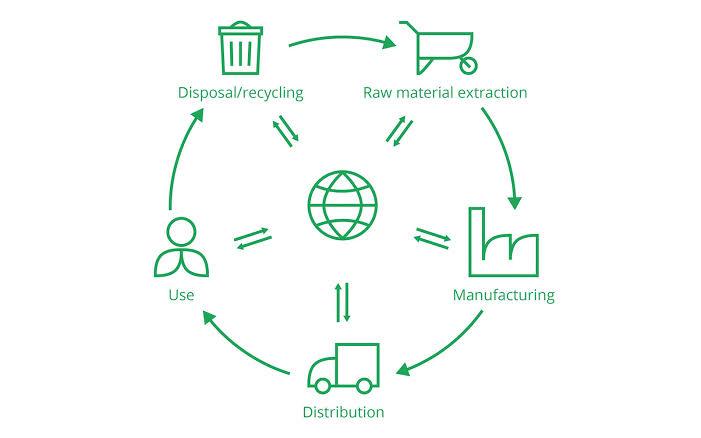With the volatile stock market, it’s no wonder many people are hesitant to invest. But with the right mix of investments, you can create a sustainable portfolio that not only stands the test of time but also thrives during volatile times.
Sustainable investing is an investment strategy that aligns your portfolio with your values and social responsibility concerns. These investments might not offer as high of returns as other alternatives, but they can give you peace of mind knowing your money is going toward companies and organizations that align with your values.
In this post, we’ll review what sustainable investing is, why you should consider it, the different types of sustainable investments available to you and how you can implement a sustainable investment strategy in your portfolio.
Step 1: Determine Your Risk Tolerance
Before you start researching sustainable investments, you need to know the level of risk you’re comfortable with. Risk tolerance is an individualized measurement of how much volatility you can withstand in the stock market.
Knowing your risk tolerance level is essential before creating a sustainable portfolio, as some investments are riskier than others. Most experts recommend that you diversify a sustainable portfolio by investing in low-risk, moderate-risk, and high-risk funds. This way, you’re less likely to experience a loss in your portfolio and can diversify your risk level.
Step 2: Review Your Financial Goals
Before you start investing, you should have a clear understanding of your financial goals. This will help you determine what type of investments are right for you.
If you’re looking to make a large purchase in a few years, you might consider investing in stocks or funds tracking the overall market. The returns associated with these investments tend to be higher than those associated with other funds.
But if you’re looking to build up your emergency fund, cash-flow-generating investments such as certificates of deposit might be right for you.
Step 3: Research Your Investments
After you’ve determined your risk tolerance and financial goals, it’s time to do some research.
First, you’ll want to ensure you understand which companies you invest in and what they do. You want to ensure you’re not investing in companies whose business practices you disagree with. For example, you wouldn’t want to invest in a company whose core values include exploiting and polluting the environment.
Step 4: Consider How Much Money You're Investing
Another thing to consider when investing in sustainable funds is how much money you want to invest.
You don’t want to put too much of your personal income into the market, nor do you want to put too little money into the market. You want to ensure your investments are allocated properly so you can get the best return for your money.
Once you’ve determined how much you want to invest, figure out what percentage of that belongs to each fund. For example, if you want to invest $10,000 and have $2,000 go to each fund, you’d need to decide where you want those funds to go.
Wrapping It Up
When it comes to investing for your future, sustainable investment funds are a great way to create a balanced portfolio that aligns with your values. Sustainable investing is a great way to invest in funds that align with your values and an easy way to diversify your portfolio.
Sustainable funds are low risk, with lower overall volatility than standard funds. This can help you protect your future from any uncertainty in the market. From finding funds that align with your values to choosing the right amount to invest, creating a sustainable investment portfolio is an easy way to plan for your future.
Also read about:
Search Engines and Websites to Try Instead of Google
Is Outsourced Remote IT Support Beneficial to Your Business
Digital Master Card Everything to Know About

